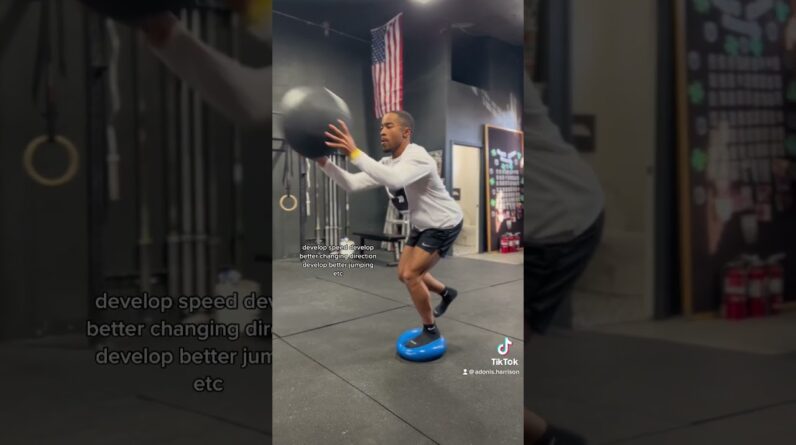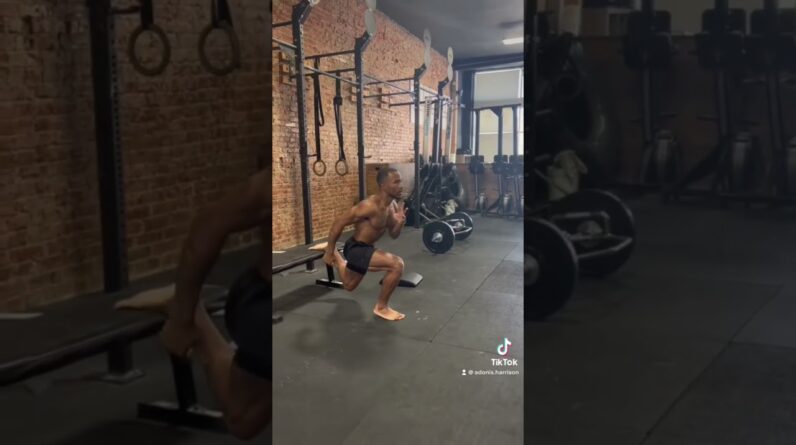Speed training is an essential aspect of any athlete’s or fitness enthusiast’s workout regimen. Whether you’re a sprinter looking to improve your race times or a soccer player looking to outrun the opposition, speed training can help you achieve your goals. Speed training not only improves your ability to move quickly, but it also enhances your overall fitness level and helps to prevent injury. In this article, we will discuss the three types of speed training that can help you take your performance to the next level.
The first type of speed training is called “absolute speed training”. This type of training focuses on increasing your top speed. Absolute speed training is best for sprinters and other athletes who need to reach their top speed quickly. This type of training includes exercises such as sprints, plyometrics, and resistance training. These exercises help to build muscle and increase power, which is essential for reaching your top speed.
The second type of speed training is called “relative speed training”. This type of training focuses on maintaining your top speed over a longer distance. Relative speed training is best for endurance athletes, such as runners and cyclists, who need to maintain their speed over a long distance. This type of training includes exercises such as fartlek and interval training. These exercises help to improve your ability to maintain high-speed over a longer period of time.
The third type of speed training is called “agility training”. This type of training focuses on improving your ability to change direction quickly. Agility training is best for athletes such as soccer and basketball players, who need to be able to change direction quickly. This type of training includes exercises such as ladder drills, cone drills, and shuttle runs. These exercises help to improve your footwork and coordination, which are both essential for speed.
When incorporating these types of speed training into your workout routine, it’s important to start with a weight or intensity that is appropriate for your fitness level, and to include a variety of exercises to target different muscle groups and energy systems. Also, don’t forget to include a proper warm-up and cool-down to reduce the risk of injury and improve performance. Remember, consistency and dedication are key when it comes to improving your speed, so stick with your workout plan and you’ll see progress in no time.
In summary, there are three types of speed training: absolute speed training, relative speed training and agility training. Each type focuses on different aspect of speed and is best for different types of athletes. Incorporating these types of training into your workout routine, focusing on proper form and technique, and starting with an intensity that is appropriate for your fitness level, will help you reach your speed goals. Remember to include a proper warm-up and cool-down, and consistency and dedication are key to success.







